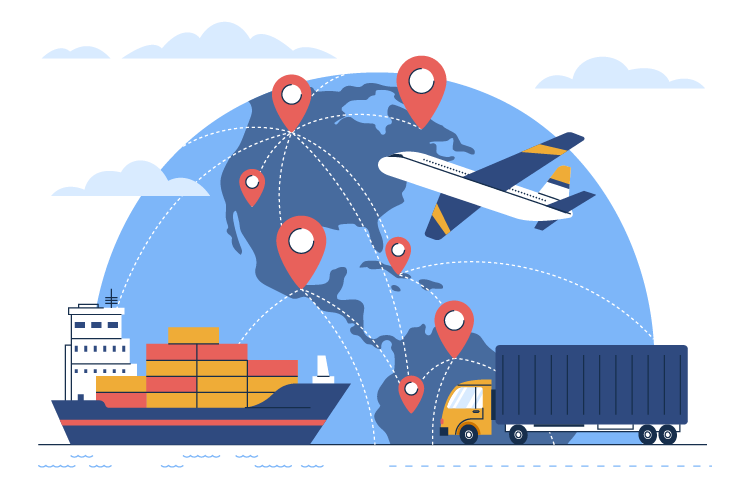
When They Need Help With Supply Chain And Operations Transformation?
Facing challenges with demand forecasting or supply chain planning? Has M&A activity resulted in significant data siloes? Are macroeconomic factors driving supply chain challenges? Kano Andalan’s Supply Chain and Operations Transformation expertise is designed to help companies when they struggle with these challenges.
Supply Chain Planning Not Working
Issues with supply chain planning? Always running around to ensure timely customer delivery? Making custom changes to the inventory to ensure timely supply? Companies seek help from Kano Andalan when their supply chain doesn’t work as expected.
Significant Changes In The Business Model
Has your business model changed significantly? Business model changes driving supply chain challenges? Business model changes led to data siloes? Companies seek help from Kano Andalan when changes in business models lead to supply chain challenges.
M&A Activity Has Resulted In Data Siloes
M&A activity resulted in changes in your supply chain and operational processes? The data siloes are making decision processes to be extremely difficult? Companies seek help from Kano Andalan when M&A activity might result in data silos.
Macroeconomic Factors Driving Supply Chain Challenges
Recent macroeconomic factors driving overstocking of your inventory or managing warehouse space differently? Macroeconomic factors resulted in planning your supply chain differently. Companies seek help from Kano Andalan when macroeconomic factors drive supply chain challenges.
Competitive Pressures Driving Supply Chain Changes
Has competitive pressures resulted in faster delivery of goods? Competitive forces putting pressures on your margins requiring transformation of your supply chain? Companies seek help from Kano Andalan when competitive pressures drive supply chain challenges.
Consumer Preferences Driving Supply Chain Changes
Recent consumer preferences of faster delivery putting pressure on your supply chain? Changing consumer preferences of the omnichannel experience pressuring your supply chain? Companies seek help from Kano Andalan when consumer preferences drive supply chain changes.
OUR METHOD
Our Methodology For Supply Chain And Operations Transformation
The process starts with an assessment that helps build the as-is and to-be process models, along with the identification of any systems that need to be replaced. Followed by business and technical analysis, including changes in processes, data, or systems. And then, finally, the implementation and optimization.
Step 1: Assessment
This phase starts with the as-is and to-be analysis of the supply chain processes, current & future. It also analyzes current supply chain systems and architecture, as well as changes to the processes, master data, and integration points.
Step 2: Requirements Matrix And Business Process Analysis
This phase captures requirements in the as-is and to-be process models. It also identifies the critical success factors that will drive the RFP and vendor demonstrations (if a new supply chain solution needs to be implemented). If the changes are only related to the process and data, then the change analysis is performed, including designing workflows for each stakeholder impacted.
Step 3: Solution Matrix Development And Technical Analysis
This phase takes a much deeper dive into business processes from the technical standpoint, including evaluating over 200 supply chain systems against critical success factors. The solution matrix is continuously revised while aligning the expectations of all stakeholders as the process advances. This phase also performs technical analysis of workflows, mappings, and integration points.
Step 4: Solution Selection And Contract Negotiations
This phase would be a series of demos to evaluate the capabilities of a solution and align stakeholders in how their life would be with the new supply chain systems. After each demo, the stakeholders are briefed on the potential pros and cons of each solution. This phase might also include contract negotiation of the software and services agreement. This phase is optional if the process or data changes are the only ones required to solve supply chain issues.
Step 5: Implementation
This step implements the changes identified, whether they are going to be system, process, or data related. This phase could be divided into multiple phases and milestones depending upon the complexity of each change, including the identification of KPIs and how the changes would be measured after each step.
Step 6: Adoption And Optimization
Post implementation, this step helps in gathering feedback from the users if the initiative is aligned with their expectations, as well as whether the new supply chain processes and architecture have helped them hit their KPIs.This phase iterates until the stakeholders confirm the results from the new changes.
